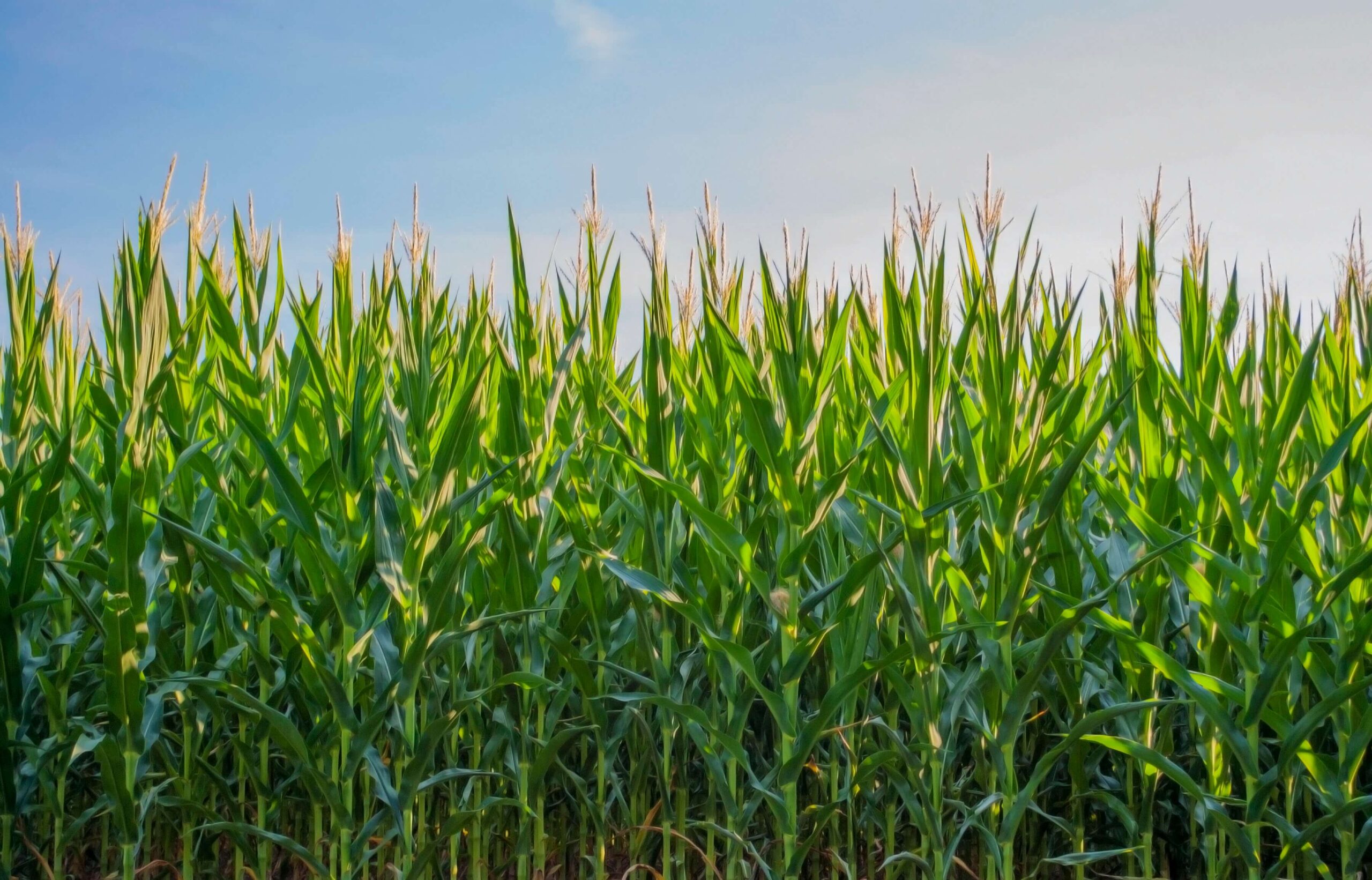How to Write a Farming Business Plan: Template and Guide
Starting and running a successful farming business requires careful planning and strategic decision-making. One essential tool that every farmer should have is a well-crafted farming business plan. A comprehensive business plan serves as a roadmap for your agricultural venture, guiding you through the various stages of development and ensuring that you stay focused on your goals. We will provide you with a step-by-step guide on how to write an effective farming business plan and start you off with a template.
Overview of a Farming Business Plan
Before diving into the specifics, let’s take a moment to understand what a farming & agriculture business plan entails. Essentially, a farm business plan is a written document that outlines your farming objectives, strategies, and financial forecasts. It serves as a blueprint for your farm’s operations, helping you make informed decisions and communicate your vision to potential investors, lenders, or partners.
The Purpose of a Farming Business Plan
The farming business plan is going to define and communicate your farm’s mission and goals. It helps provide a clear direction for your operations, resources, and ensures that everyone involved in the business is on the same page. Additionally, a well-crafted business plan is often required when seeking financing or partnerships. Lenders and investors use it to evaluate the viability and profitability of your farming venture.
Key Elements of a Farming Business Plan
Let’s explore the elements that make up the Farming Business Plan.
Executive Summary
The executive summary is a brief overview of your entire plan. It should summarize your farm’s mission, goals, target market, and competitive advantage. While it appears at the beginning of your plan, it is often written last to ensure that it accurately reflects the content of the document.
Market Analysis
A thorough market analysis is crucial for understanding your target market, identifying potential customers, and evaluating your competition. This section should provide detailed information about market trends, customer demographics, and demand for your products or services. Conducting market research and gathering data from reliable sources will strengthen the credibility of your analysis.
Products and Services
In this section, describe the specific products or services your new farm will offer. Provide details about their features, benefits, and how they meet the needs of your target market. Discuss any unique selling points or competitive advantages that set your offerings apart from others in the industry.
Marketing and Sales
Outline the strategies for promoting and selling farm products. Explain how you plan to promote your farm and reach your target market. Include information about your pricing strategy, distribution channels, and any partnerships or collaborations that may enhance your marketing efforts. Developing a comprehensive marketing plan will help you attract customers and generate sales.
Operations
Describe the operational processes and workflows involved in running the farm, including land preparation, planting, harvesting, livestock care, and post-harvest handling. Highlight the management structure, key personnel, and their roles and responsibilities.
Financial Plan
The financial plans are a critical component of your farming business plan as it demonstrates the financial viability and sustainability of your farm. It should include projected income statements, cash flow statements, and balance sheets for the next three to five years. Additionally, outline your funding requirements and any existing or potential sources of financing.
American Farm Financing offers many financing options to fit your needs: operating loans, cash rent loans, farm mortgages, refinances, and equipment loans. See all AFF loan options.
Setting Financial Goals
Forecasting expenses is critical when starting a farming operation. List out the main buckets of expenses (inputs, machinery, labor, land, interest, and consulting services). Where possible, get pricing quotes to formalize your expenses as much as possible for what you would like to grow.
After you’ve forecasted expenses, you can set a goal for how much profit, or margin, you intend to make. Use futures sales prices to project what you can sell your crop for. The difference between your sales price and your expenses will become your profit. Ensure that this income matches your expectations and can cover any personal expenses you hope the money will be used for.
While a one-year operating plan is critical to get started, remember that farming is a long-term pursuit. Depending on how many upfront expenses you need to make, it may take multiple farming seasons to turn a significant profit.
Conducting Market Research
Before you can develop a solid business plan for a farm, it is essential to conduct detailed market research. Conduct an analysis of the target market, including its size, growth potential, and trends. Identify the target customers, their needs, preferences, and buying behavior. This assessment will allow you to be an expert on the market and differentiate you from the rest of the competition.
Writing a Farming Business Plan
Now that we have covered the key elements of a farming business plan, let’s dive into the process of writing one.
Creating a Timeline for Implementation
This timeline can be as specific to your needs as possible. You want to make sure that every necessary box is checked before launching your farming operation. This is a suggested timeline for implementing your plan, but coordinate as you see fit and adapt to things that may pop up:
Preparation: 1-6 Months
- Complete all sections of the farming business plan, including market analysis, financial projections, and operational strategies.
- Seek funding options, such as loans, grants, or investors, and secure the necessary financing for your farming venture.
- Identify suitable land for your farm and negotiate the purchase or lease agreement.
- Conduct necessary soil testing and prepare the land for farming activities.
- Source and purchase farming equipment, machinery, and inputs (seeds, fertilizers, livestock, etc.) required for your chosen agricultural activities.
- Hire key personnel, such as farm managers, laborers, and administrative staff, as per your business plan’s organizational structure.
- Establish relationships with suppliers and vendors to ensure a steady supply of inputs.
Operations: 6-12 Months
- Initiate planting or livestock management based on the farming plan.
- Implement appropriate cultivation techniques, crop rotation, or livestock management practices.
- Monitor and adjust farming operations to optimize production.
- Develop marketing strategies to promote farm products to target customers.
- Implement sales channels, such as direct sales, farmers’ markets, online platforms, or partnerships with retailers or small restaurants.
Below is a helpful template from fsa.usda.gov to get you started.
Download your farming business plan template here.
Ready to find financing that works for you? Begin your application below.


